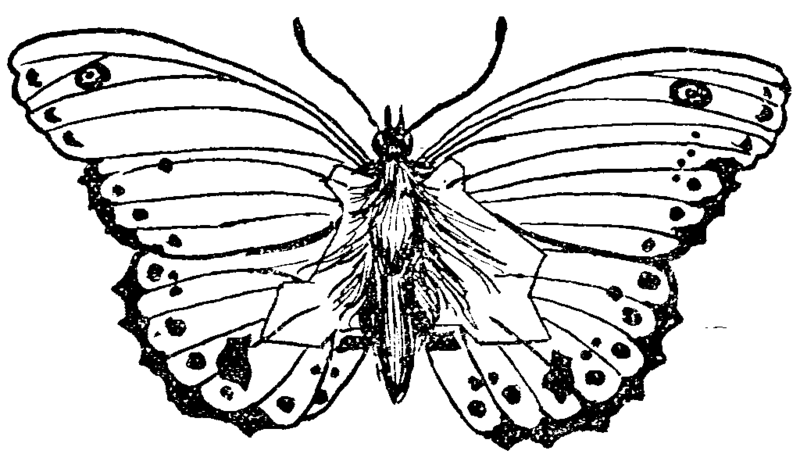The Tremendous 10 link roundup, #78
- The Founder of the Boy Scouts Hid Maps in Insect Drawings | “This may look like an innocent drawing of a butterfly. But look closer. It’s actually a map. In fact, the area around the butterfly’s body contains secret military information about the whereabouts of an enemy fortress. ” (Via Quipsologies)
- Pixel Art to CSS | “Draw and animate Pixel Art, export the results to CSS and share or download them.” (Via Chris Glass)
- TYPESET IN THE FUTURE: DEDICATED TO FONTS IN SCI-FI | “Typography and font choice are often used to create a sense of futurism in movies. Indeed, it’s got to the point where you can set your calendar to FUTURE simply from the presence of Eurostile Bold Extended on the wall of a passing spaceship. This site is dedicated to typography and iconography as it appears in sci-fi and fantasy movies and TV shows.”
- A Bird’s Eye View of Forest Park 2015 | “Congrats to the Missouri History Museum for winning a AASLH Leadership in History Award for two different exhibits in 2015, the Kids’ History Clubhouse and the one I helped work on, A Walk in 1875 St. Louis. Above is a drawing I made as a gift for the folks there, an ‘updated’ version of Compton and Dry’s famous Pictorial St. Louis showing the (future) home of the History Museum, Research Center, and some other modern Forest Park stuff.”
- How insane work hours became a mark of American privilege | “Americans work a lot: 47 hours a week on average, according to a 2014 survey — and a fifth work as much as 59 hours a week. Unlike other advanced nations, the annual hours we spend at work stagnated in the last half-century. So now we work more than basically everyone in the West.”
- Why Companies Are Becoming B Corporations | “The landscape of American corporations is changing. Since the financialization of the economy in the late 1970s, corporate governance practices have tightly linked the purpose of business with maximizing shareholder value. However, as the 21st century pushes on, there has been an increased emphasis on other stakeholder values, particularly social and environmental concerns. This trend in corporate governance – which has led to the growth in “triple-bottom line” thinking – has fueled the emergence of a new organizational form: the Certified B Corporation.”
- Liz Danzico: Pros & cons of managing remotely | “Liz Danzico is Creative Director of NPR and manages the team almost fully remotely. We discuss the pros & cons of working and managing remotely, as well as her role as Chair of the MFA Interaction Design graduate program at SVA. Oh, and making fresh bread.”
- A Manager’s FAQ | “In addition to 1-on-1s with eShares managers, I host a monthly management discussion to share challenges, successes, failures, and lessons learned. I am often asked questions about how to be a better manager. Below are the most frequent questions and my responses. I’m sharing these in the hope they are helpful to others working to be better managers.”
- Lettering: Gaspipe | “This style of lettering was most common in the 1930s–50s, but used up to the 1980s. It’s typified by a simple, almost modular construction of even strokes and rounded corners on a rectangular grid (think pipes!). Signpainters & makers often used this style as it was easy to learn and quick to produce. Flat- or round-topped ‘A’, ‘M’, and ‘N’s are common in gaspipe lettering. Sometimes strokes end at a jaunty angle, but mostly its fairly straightforward.” (Via Chris Glass)
- “Second Cousins,” “Once Removed”, and More Explained in Chart Form | “Figure out the common ancestor between two relatives. Then select the relationship of the first relative to the common ancestor in the top row. Move down to the row that corresponds to the relationship of the second person to the common ancestor. The result is the relationship of the second person to the first.”
Image: artwork by Robert Baden-Powell, via Quipsologies, link #1.
